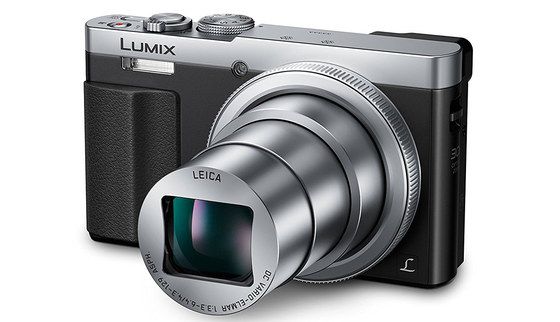
It hasn’t taken Sony long to assemble an impressive range of lenses for its full-frame FE mount mirrorless cameras (see our list of the best Sony lenses (opens in new tab)), and Panasonic has been smart enough enter into an L-Mount Alliance with Sigma and Leica to ensure that it's already supported with a large and growing lens range. See our guide to the best L-mount lenses (opens in new tab) for more. Nikon and Canon DSLRs still have the largest lens systems, but mirrorless makers like Fujifilm, Sony, Olympus and Panasonic are hot on their heels and almost match the range available – and often with more modern lens designs. You'll soon see the image the camera has recorded in playback mode anyway. However, many photographers still prefer the ‘naked eye’ view of an optical viewfinder over a digital one.
Best viewfinder for liveview manual#
It's also worth pointing out that if you are a fan of vintage manual lenses which need to be used in stopped-down mode, a DSLR viewfinder will be way too dark but a mirrorless EVF will be fine. Because of their auto-gain light amplification effect, electronic viewfinders let you compose and shoot images in near darkness, and have made small-aperture telephotos like the Canon RF 600mm f/11 (opens in new tab) and RF 800mm f/11 (opens in new tab) perfectly practical to use. Įlectronic viewfinders can show a more clearly visible view of a scene in low light, and have zoom functions for precise manual focusing – two highly underrated benefits of electronic viewfinders. Sony managed to eliminate this on its A9 model (opens in new tab), and Panasonic claims the same for its Lumix G9 (opens in new tab). Viewfinder lag is less of an issue than it used to be thanks to faster refresh rates, and the most recent area of focus for manufacturers has been in the blackout effect you would typically see when shooting continuous bursts of images. However, they can still suffer from lag, or 'latency' – a tiny delay between what the camera sees and what the screen shows.

The latest and best electronic viewfinders available today have such high resolution that you can hardly see the ‘dots’ and they have a clarity that genuinely approaches optical viewfinders. High-quality electronic viewfinders are now found on many mirrorless cameras – and what you see in the viewfinder is exactly what you would see in live view on the rear screen.


 0 kommentar(er)
0 kommentar(er)
